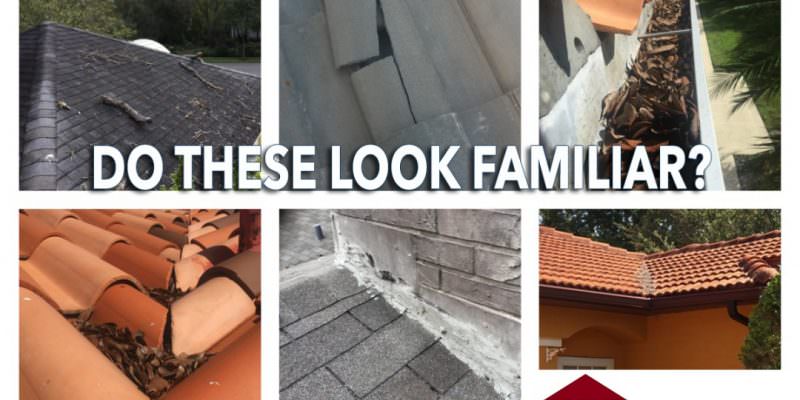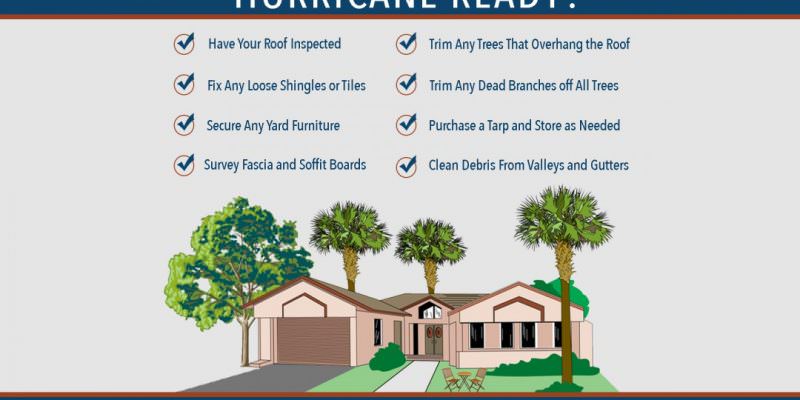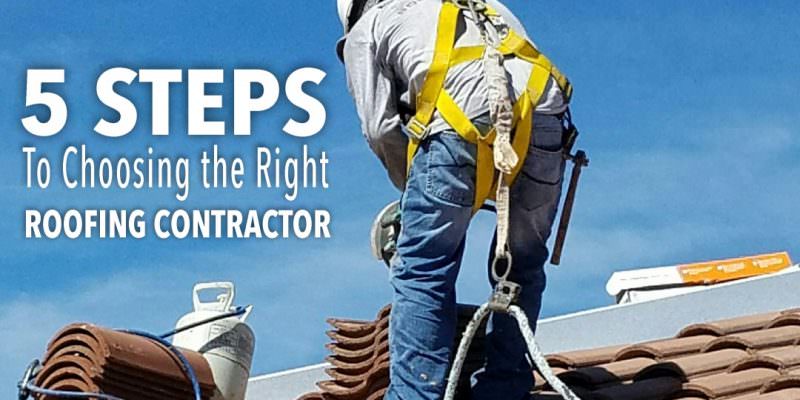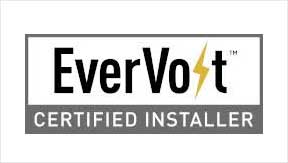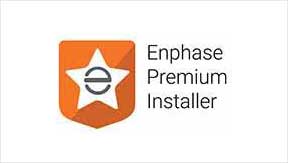October 7th, 2016
As of the 11AM update from the National Hurricane Center, Hurricane Matthew was still moving up Florida’s northern east coast as a Category Three hurricane. The storm is expected to continue moving up the coast before weakening and turning out to sea near the Carolinas over the weekend. A Hurricane Warning is still in effect for the Atlantic coast from Melbourne north to North Carolina. All other watches and warnings for our coverage area have been discontinued.
Matthew’s remnants are expected to loop back to the south and west and eventually affect South Florida by the middle or end of next week. At this time, it’s uncertain just how much if any of a threat there will be; more on that later in the weekend.
Our Central Florida office is currently closed until 7:30 AM on Monday, October 10th. All phone calls directed to the Central Florida office will still be answered throughout the weekend.
Our Southwest Florida division is continuing business as usual.
We will continue to monitor the storm and update you with any changes that are made.
The Gulf Western Roofing supervisor overseeing your project will contact you as each phase of the Hurricane Response Plan is initiated. However, please feel free to call that supervisor with any questions you may have. If you are having difficulty reaching your supervisor, please call our main office at (800) 277-0647. You can also reach us at customerservice@lambcon.com or storm@lambcon.com.
Please find our Hurricane Response Plan Here
Please find our Hurricane Supply Check-list Here
October 6th, 2016
As of 11AM, Hurricane Matthew was located near Nassau in the Bahamas, where it has restrengthened to Category Four.
Matthew is headed toward Florida’s east coast, where it is expected to either make landfall this evening, or stay just off the coast until Saturday. Damage is expected to be severe and widespread; for this reason the National Hurricane Center has coastal and inland Hurricane Warnings in effect from Miami northward into South Carolina, an area that includes the Florida cities of Melbourne, Orlando, Daytona Beach, St. Augustine, and Jacksonville. Tropical Storm Watches and Warnings are strill in effect for most of Florida’s southern tip and west coast.
Our Central Florida division is currently in Phase III of the Hurricane Response Plan.
Our Southwest Florida division is still suspending all loads and deliveries but is otherwise continuing business as usual.
We will continue to monitor the storm and update you with any changes that are made.
The Gulf Western Roofing supervisor overseeing your project will contact you as each phase of the Hurricane Response Plan is initiated. However, please feel free to call that supervisor with any questions you may have. If you are having difficulty reaching your supervisor, please call our main office at (800) 277-0647. You can also reach us at customerservice@lambcon.com or storm@lambcon.com.
Please find our Hurricane Response Plan Here
Please find our Hurricane Supply Check-list Here
October 5th, 2016
As of 5 PM, the National Hurricane Center has placed counties along Florida’s East Coast from North Miami-Dade northward through Volusia under a Hurricane Warning, and counties up to the Georgia/South Carolina state line under a Hurricane Watch. A tropical storm warning remains in effect for the Upper Keys, as well as the southern tip of Florida from Miami west to around Marco Island, while the west coast of Florida from Marco Island to Cedar Key has been placed under a Tropical Storm Watch.
Our Central Florida division will be in Phase III of the Hurricane Response Plan by this afternoon. This means all in-progress installations will cease, all roof-loaded but uninstalled tile will be securely bundled or wrapped, all other remaining roof components (insulation, rolled goods, etc.) will be secured to the roof, any materials stored outdoors will be secured, and all jobsites will be cleared of any remaining roof debris.
Our Southwest Florida division has currently suspended all loads and deliveries but will otherwise continue business as usual. As usual, we will continue to monitor the storm and update you with any changes that are made.
The Gulf Western Roofing supervisor overseeing your project will contact you as each phase of the Hurricane Response Plan is initiated. However, please feel free to call that supervisor with any questions you may have. If you are having difficulty reaching your supervisor, please call our main office at (800) 277-0647. You can also reach us at customerservice@lambcon.com or storm@lambcon.com.
Please find our Hurricane Response Plan Here
Please find our Hurricane Supply Check-list Here
October 4th, 2016
At their 11:00 AM update, the National Hurricane Center issued a Tropical Storm Watch for Florida’s east coast from the Middle Keys north to the Broward County/Palm Beach County line, and a Hurricane Watch for the east coast from the Broward / Palm Beach line north to the Volusia County / Brevard County line.
Due to the change in trajectory of Hurricane Matthew our Central Florida division is currently in Phase I of the Hurricane Response Plan. This means all jobsite and rooftop deliveries will be suspended except as needed to complete key areas, roof installation will continue so that as much roof-loaded material as possible is secured, and our customers will be notified of the suspension of deliveries. We expect to be in Phase II of the Hurricane Response Plan by tomorrow and we will continue to keep our customers updated throughout the course of the storm.
Because the Southwest Florida area will remain largely unaffected, we will continue doing business as usual in those areas.
The Gulf Western Roofing supervisor overseeing your project will contact you as each phase of the Hurricane Response Plan is initiated. However, please feel free to call that supervisor with any questions you may have. If you are having difficulty reaching your supervisor, please call our main office at (800) 277-0647. You can also reach us at customerservice@lambcon.com or storm@lambcon.com.
Please find our Hurricane Response Plan here.
October 3rd, 2016
Florida Governor Rick Scott has declared a state of Emergency for the entire state of Florida due to the change in trajectory of Hurricane Matthew. Gov. Scott’s emergency declaration notes that, “based on the current forecast, the state’s entire east coast from Monroe to Nassau counties could experience tropical storm force winds, beach erosion, rip currents and heavy rain. This is a slow moving storm and could impact Florida as early as Wednesday and last through Saturday“. Our plan is to conduct business as usual tomorrow. However, we will be sending you regular updates throughout the day beginning early in the morning.
In the event that the storm becomes a greater threat, the Gulf Western Roofing supervisor overseeing your project will contact you as each phase of the Hurricane Response Plan is initiated. However, please feel free to call that supervisor with any questions you may have. If you are having difficulty reaching your supervisor, please call our main office at (800) 277-0647. You can also reach us at customerservice@lambcon.com or storm@lambcon.com.
Please find our Hurricane Response Plan here.
September 30th, 2016
Gulf Western Roofing is continuously monitoring Hurricane Matthew. At this time, the storm is forecast by the National Hurricane Center to remain off the coast of Florida. As a result of the current storm trajectory, Gulf Western Roofing will continue doing business as usual.
We will continue to monitor the storm closely and notify you if any changes in trajectory occur.
In the event of an approaching storm, the Gulf Western Roofing supervisor overseeing your project will contact you as each phase of the 2016 HurricaneResponse Plan is initiated. However, please feel free to call that supervisor with any questions you may have. If you are having difficulty reaching your supervisor, please call our main office at (800) 277-0647. You can also reach us at customerservice@lambcon.com or storm@lambcon.com.
